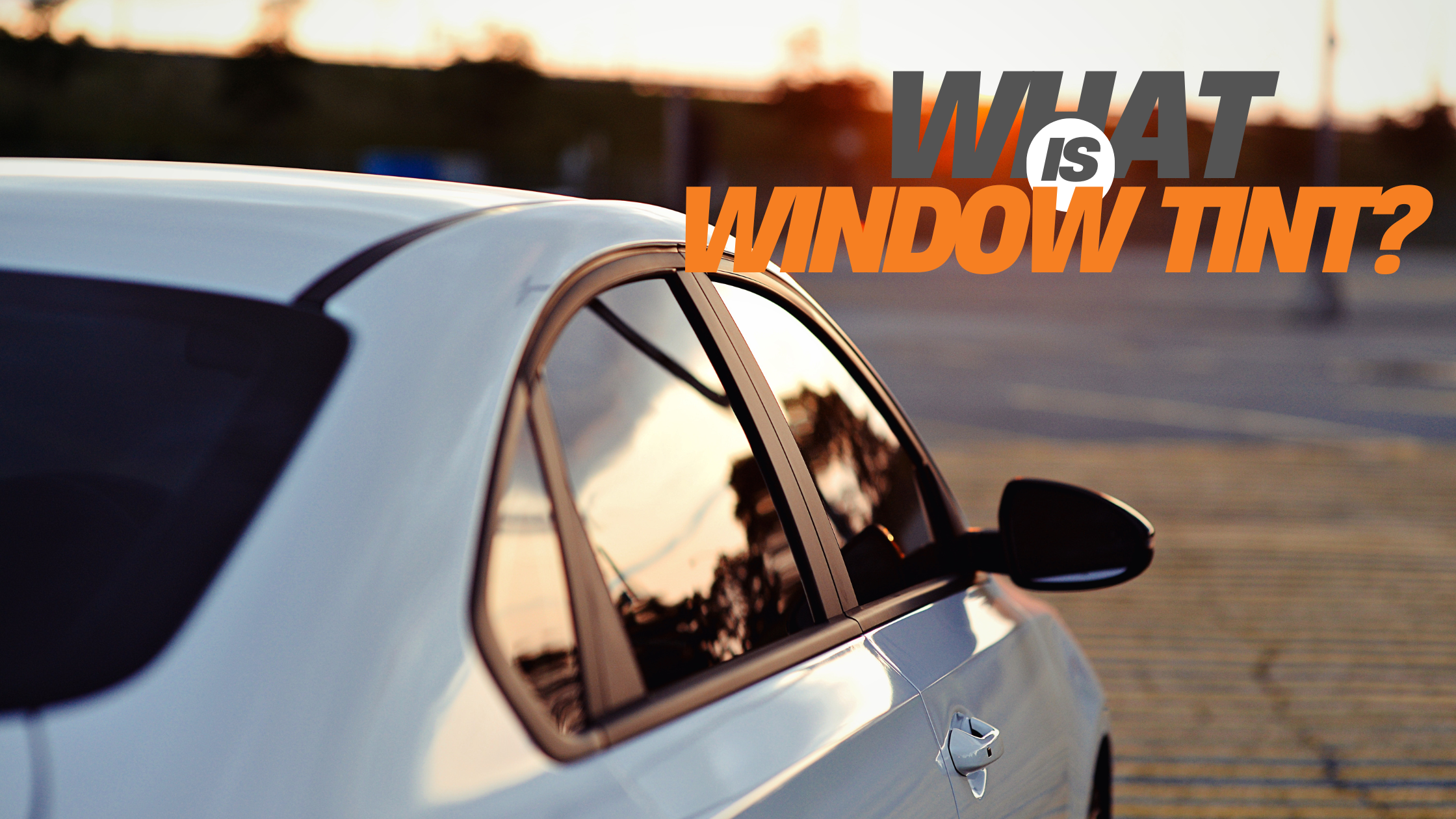What is Automotive Window Tint?
Automotive window tint is a thin film applied to the inside of your vehicle’s windows. This film can range from a subtle shade to a very dark tint, and it offers a variety of benefits beyond just aesthetics.
Here’s a breakdown of what automotive window tint is and what it does:
- Sun Protection:
- UV Rays: This is the primary function of window tint. It blocks a significant portion of the sun’s harmful ultraviolet (UV) rays. UV rays can cause skin damage, premature aging, and even skin cancer.
- Heat Reduction: Window tint helps to reduce the amount of heat entering your vehicle. This keeps your car cooler in the summer, making it more comfortable to drive and potentially saving on fuel costs by reducing the strain on your air conditioning.
- Privacy:
- Reduced Visibility: Tinted windows offer a degree of privacy, making it more difficult for people outside your vehicle to see inside. This can deter potential theft and give you a sense of security.
- Safety and Security:
- Shatter Resistance: In the event of an accident, window tint can help to hold the glass together, reducing the risk of shattered glass injuries to passengers.
- Glare Reduction: Window tint can significantly reduce glare from the sun, making driving safer and more comfortable, especially during sunrise and sunset.
- Aesthetics:
- Improved Appearance: Window tint can enhance the appearance of your vehicle, giving it a more modern and stylish look.
Types of Window Tint:
- Dyed Films: These films use dyes to achieve their color. They are generally the most affordable option but tend to fade over time.
- Metalized Films: These films incorporate metal particles, which provide better heat rejection than dyed films. They can sometimes interfere with electronic signals like GPS or cell phones.
- Ceramic Films: These films use ceramic particles for heat rejection. They offer excellent heat protection and minimal interference with electronic signals.
- Carbon Films: These films utilize carbon particles to block infrared radiation, effectively reducing heat entering the vehicle. They offer good heat rejection and typically have a neutral, non-reflective appearance.
- Hybrid Films: These films combine elements of different types, such as metal and ceramic, to offer a balance of heat rejection and signal compatibility.
Choosing the Right Tint:
The level of tint you choose will depend on your personal preferences and the laws in your area. Most states have laws regulating the darkness of window tint.
Here are some factors to consider when choosing window tint:
- Your budget:
- Your desired level of heat and glare reduction:
- Your concerns about privacy:
- Your vehicle’s appearance:
- Local laws and regulations:
In conclusion, automotive window tint offers a range of benefits, from sun protection and privacy to safety and aesthetics. By carefully considering your needs and choosing the right type of tint, you can enhance your driving experience and protect yourself and your passengers.



